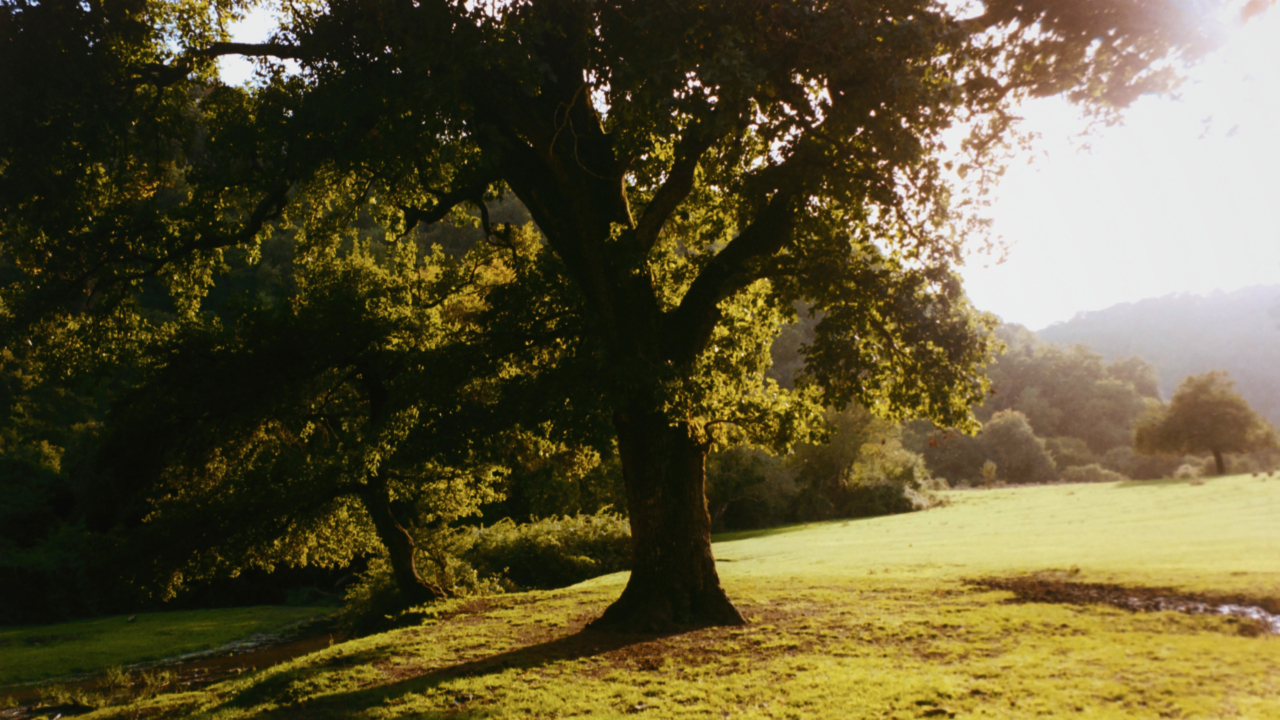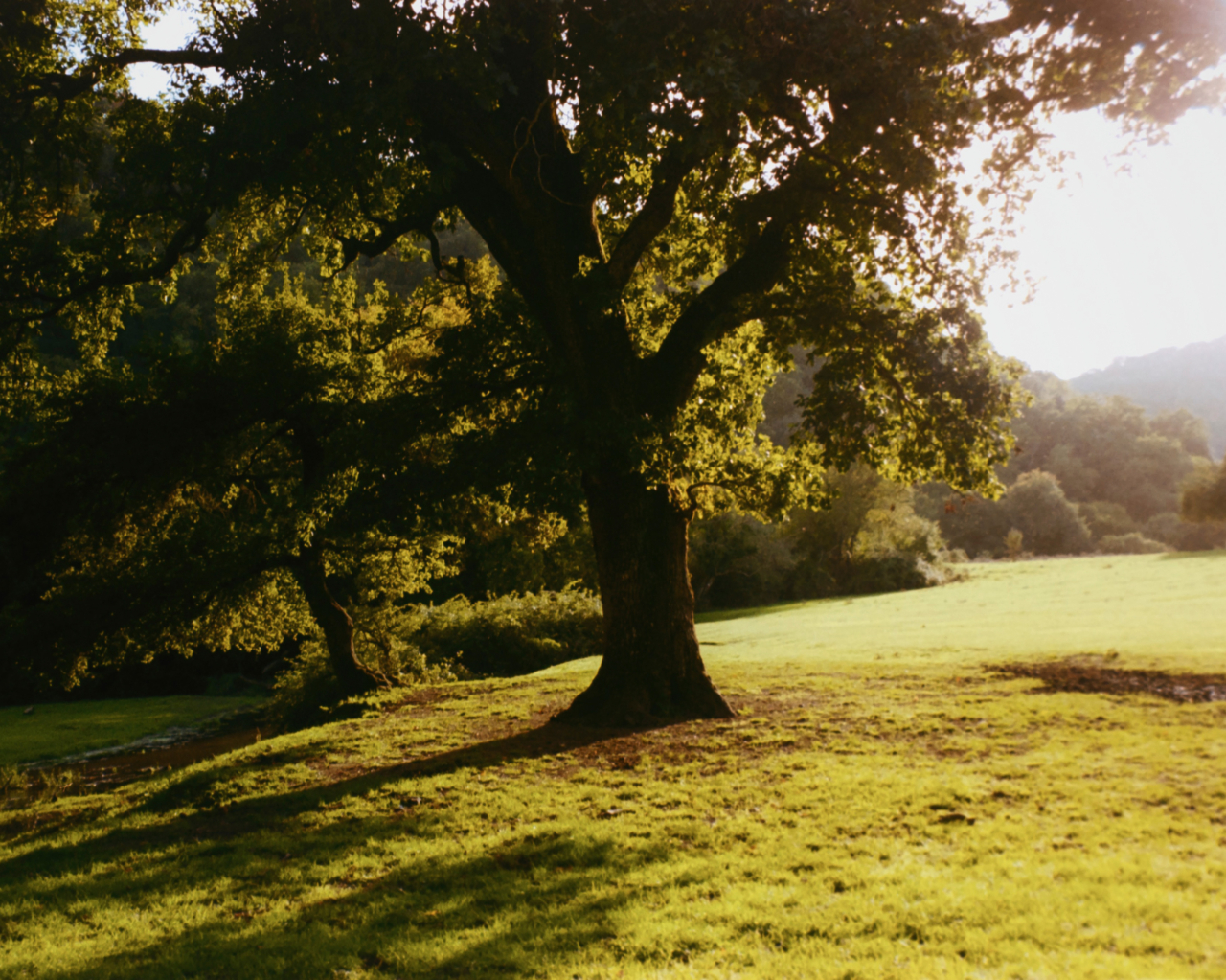

Photograph by Beatrice Salomone / Connected Archives
words by willow defebaugh
“In order to really account for ourselves, in order to tell the stories of what is happening, we must come to the ends of ourselves, we must gravitate towards the edges in the middle … towards the incomprehensible, where wholly new ways of thinking are gestating in puddles of the forgotten.” —Bayo Akomolafe
A lush forest yields to a verdant field, giants halting at the edge of a yawning meadow. A tightly-packed treeline spills into a coast of salt and sea, roots and waves colliding. A towering mountain range tumbles down into a wintry tundra, titans of rock avalanching into expanses of ice. All across the Earth are borderlands such as these, where ecosystems clash and combine—places of transition, tension, and creation. They are known as ecotones.
Ecotones are defined as regions of transition where biological communities meet and ecosystems overlap, one world becoming another. These can be conferences of plant communities, such as where grasslands grow into forests, or places where freshwater and the sea stir together, as in estuaries. Their name combines “eco” (from the Greek oikos, meaning “home, environment”) with “tone” (from tonos, “tension”). They are homes of tension—and potential.
Biodiversity booms within ecotones. They often house increased species abundance compared to the regions on either side of them—a phenomenon known as the edge effect. They can act as important migration corridors and crossroads for certain species. Some even require such places for feeding, courtship, and breeding. These biological mixing zones also allow adjacent communities from different habitats to interact in unique ways, opening up new forms of collaboration and competition. Where there is tension, life can still flourish.
Ecotones provide crucial services. With their salt-tolerant trees, mangrove forests act as critical buffer zones and carbon sinks, protecting shorelines from erosion while also storing vast amounts of carbon in their mucky soil. Estuaries are among the most fertile ecosystems on the planet, pulling nutrients in from the surrounding watershed while marsh vegetation filters out pollutants. Treeline ecotones, where forests turn tundra in the alpine Arctic, can be barometers of climate change; as temperatures rise, the treeline gradually advances upslope to higher altitudes.
Species that specifically thrive in ecotones are called edge species. White-tailed deer prosper in the crosshatches of grassland and forest, foraging for food in the former while finding cover in the latter. Amphibians live their double lives in the fluid in-between of floodplains, relying on both the water and land. In salt marshes, halophytes like salt hay, black rush, and smooth cordgrass have adapted to thrive among salinity levels that would be toxic to other plants.
Ecotones defy categorization. While there is value in dissecting the world into biomes for the sake of scientific study, these ecological crossroads reveal the limitations of our map-making. They are reminders that all borders are human-made. Species move across boundaries, soils intermix, and climates overlap, forming transitive gradients over hard divisions. Rather than rigid containers, nature offers fluid zones of possibility—all part of one continuous biosphere.
To be alive right now is to feel as though one is constantly on the edge. Is it one world giving way to another? Perhaps we do not need to know—perhaps the precipice on which we find ourselves is dependent on releasing all that we do. I long to be ecotonal, to make myself at home in the in-between. I aspire to remain curious in this space of tension in transition. To dissolve all my hard bounds and turn my body into a tree line of defense against the relentless tides of division. I want to make of every edge a sanctuary, a place where life can thrive.
Life at the Edge: The Tension and Potential of Ecotones